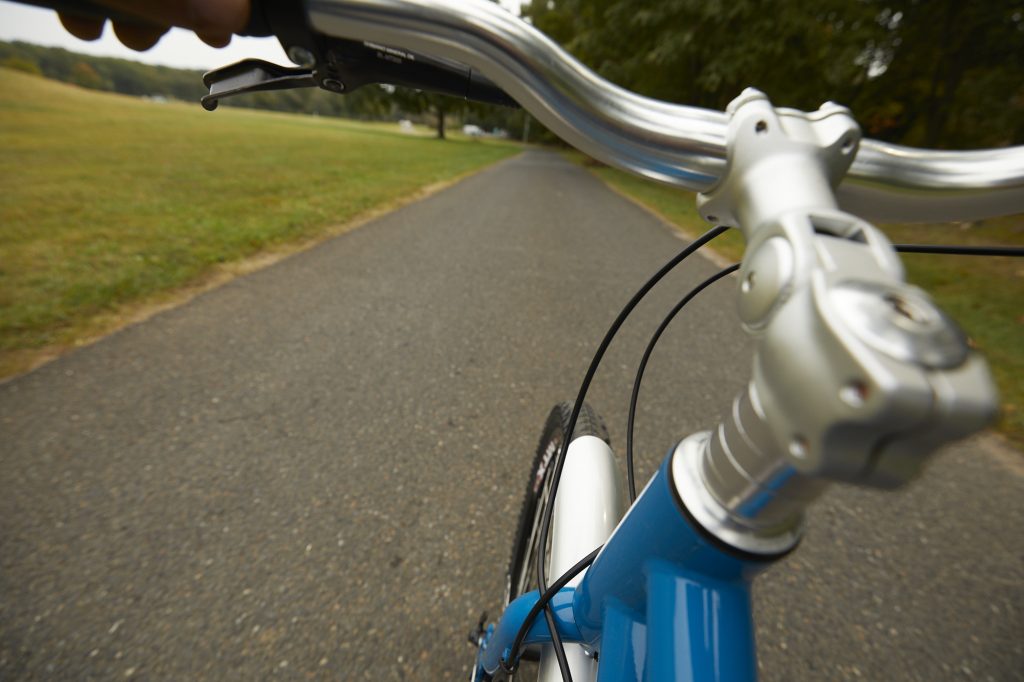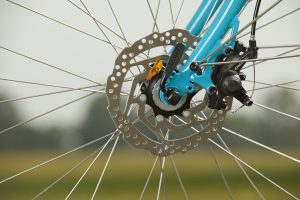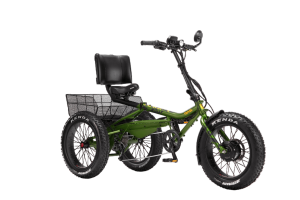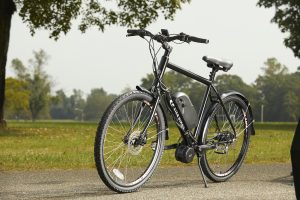Most riders do not shift enough. This leads to sore knees (or worse), fatigue, and premature drivetrain wear. This is why it’s important to know basic bicycling skills like shifting.
Here are some tips and guidelines on how to shift a bicycle:
- Think of yourself as the engine of your bicycle. Like a vehicle engine, you are most efficient when you’re pedaling at a certain rate, which is usually from 70-90 pedal revolutions in every minute. To keep this efficiency, you have to shift each time you feel that your pedaling rate or cadence speeds up or slows down. When you apply this rule on a rolling course, you will be shifting almost constantly and maintain a steady cadence. And at the end of your ride, you will feel fresher than another rider who shifts less.
- How do you know which gear to use? First, do not be confused by the many choices you have, and do not worry about harming your bicycle by shifting it incorrectly or by using the wrong gear. You cannot damage it as long as you slightly ease your pedal pressure when you’re shifting (you should pedal to shift). And you need to understand that the correct gear is any gear which enables you to comfortably pedal at the moment. There is actually no wrong or right gear, and there is no proper sequence a rider needs to follow. You just shift your gears when your body tells you that it is time for a change.
- Shifting the left lever makes big differences in your pedal effort. Think of the left lever as a way to make it relatively harder or easier to pedal. For example, when riding downhill, you would want an easy gear to get back out. However, you will probably be in a hard gear because you were just dropping into a valley. For you to have an easier time pedaling, shift your left lever to move your chain onto a smaller chainring.
Shifting the right lever a single click makes it a tad harder or easier to pedal. Consider this lever as a way to fine-tune the effort needed to pedal. For instance, as you pick up speed on a slight downhill, you would need to click the lever once or twice to change into a better gear for the speed.
- You have to practice shifting your bicycle. It’s a good idea to shift your bike when it’s on a stand. You can position your bicycle on a trunk-style bike rack or on a repair stand, hang your seat’s nose on a low branch, or as someone to hold your bicycle off the ground by the seat. Once your bicycle is supported, use one hand to shift and the other one to pedal. Do so while keeping an eye on your chain as it moves over the chainrings and cogs. With a few sweeps of your levers, you will get a clear understanding of what is going on back there. Also, you can feel more comfortable about shifting your bicycle a lot while riding.
For multiple-gear bicycles that are easy-to-operate, visit Zize Bikes, the maker or custom built bicycles for everybody, including bicycles for heavy people which are capable of supporting weight up to 550 pounds.
Watch this video to learn more bicycling skills, particularly how to shift bicycles properly.







